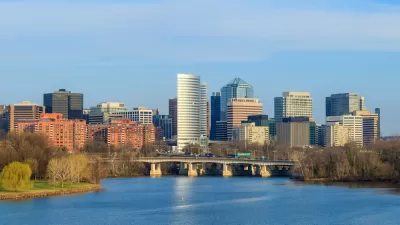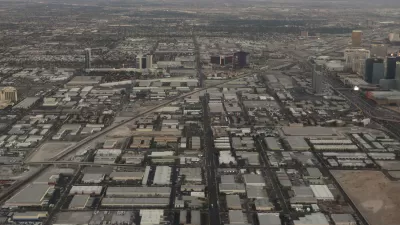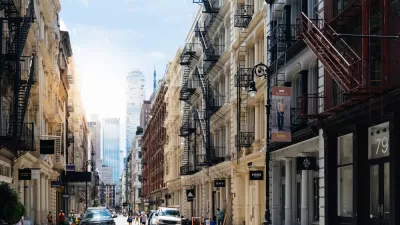The U.S. Census Bureau's 2014 population estimates shows persistent trends of growth in the Sun Belt along with a few other noteworthy data points.

Headlining the U.S. Census Bureau's 2014 population estimates is a new member in the country's one million residents club: San Jose, California. That makes the third city in California with one million residents, equaling the pace set by Texas.
New York City gained more residents than any other city, with 52,700 people during the year ending July 1, 2014. The press release announcing the new estimates sums up more of the trends among the fastest growing cities:
"Half of the 10 cities with the largest population gains between 2013 and 2014 were in Texas — Houston, Austin, San Antonio, Dallas and Fort Worth. Each added more than 18,000 people. The Lone Star State also had six of the top 13 fastest-growing cities by percentage — San Marcos, Georgetown, Frisco, Conroe, McKinney and New Braunfels."
A few other items of note, from the press release:
"For the first time since Hurricane Katrina struck in 2005, New Orleans (384,320) returns to the list of the 50 most-populous cities this year, with Arlington, Texas, dropping off the list."
Thirteen of the top 15 top numerical gainers were located in the South and the West. The two exceptions: New York City and Columbus, Ohio.
FULL STORY: Ten U.S. Cities Now Have 1 Million People or More; California and Texas Each Have Three of These Places

Maui's Vacation Rental Debate Turns Ugly
Verbal attacks, misinformation campaigns and fistfights plague a high-stakes debate to convert thousands of vacation rentals into long-term housing.

Planetizen Federal Action Tracker
A weekly monitor of how Trump’s orders and actions are impacting planners and planning in America.

In Urban Planning, AI Prompting Could be the New Design Thinking
Creativity has long been key to great urban design. What if we see AI as our new creative partner?

Portland Raises Parking Fees to Pay for Street Maintenance
The city is struggling to bridge a massive budget gap at the Bureau of Transportation, which largely depleted its reserves during the Civd-19 pandemic.

Spokane Mayor Introduces Housing Reforms Package
Mayor Lisa Brown’s proposals include deferring or waiving some development fees to encourage more affordable housing development.

Houston Mayor Kills Another Bike Lane
The mayor rejected a proposed bike lane in the Montrose district in keeping with his pledge to maintain car lanes.
Urban Design for Planners 1: Software Tools
This six-course series explores essential urban design concepts using open source software and equips planners with the tools they need to participate fully in the urban design process.
Planning for Universal Design
Learn the tools for implementing Universal Design in planning regulations.
Gallatin County Department of Planning & Community Development
Heyer Gruel & Associates PA
JM Goldson LLC
City of Camden Redevelopment Agency
City of Astoria
Transportation Research & Education Center (TREC) at Portland State University
Jefferson Parish Government
Camden Redevelopment Agency
City of Claremont





























